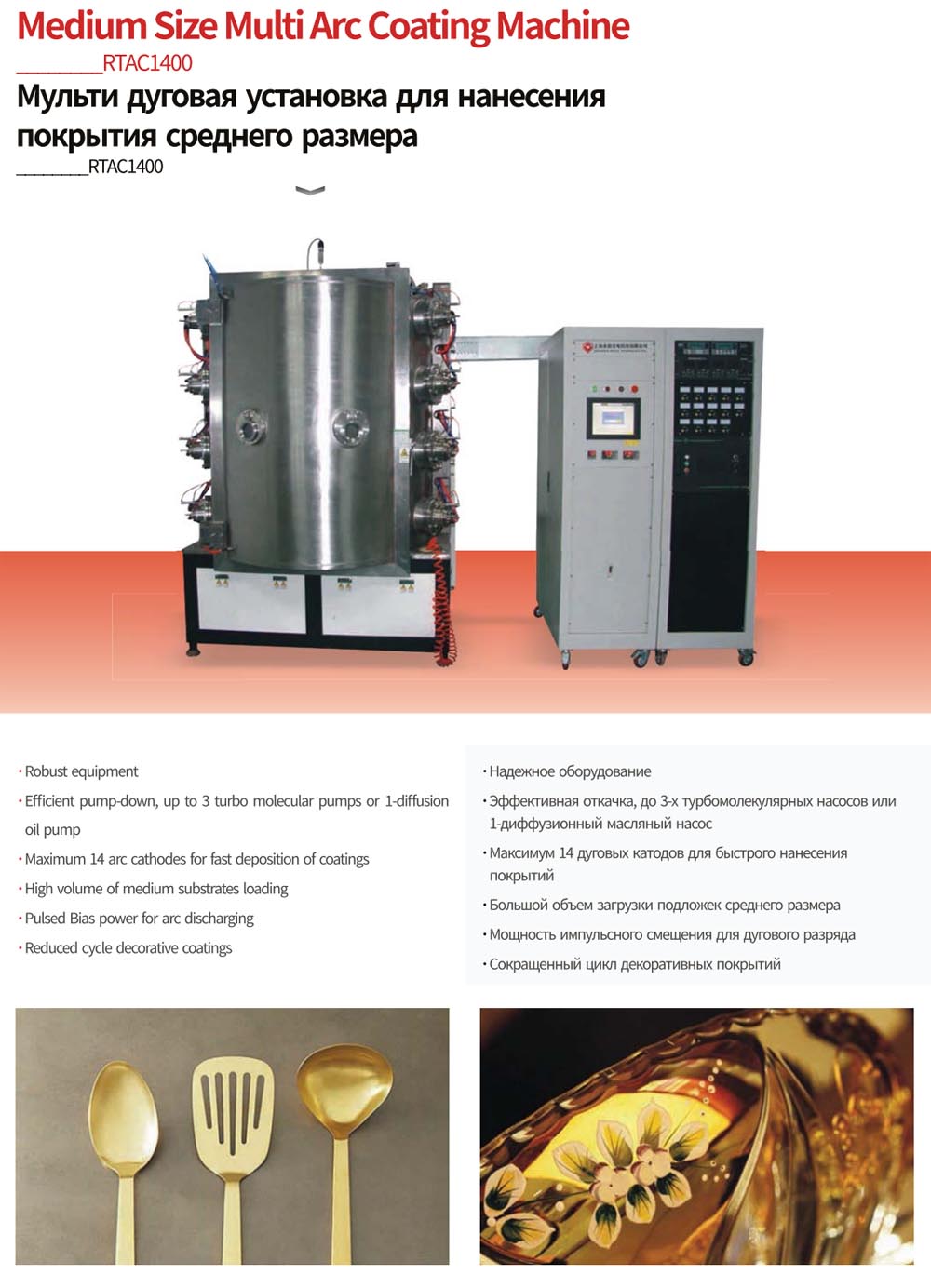RTAC1400 model is the most popular and the most stable arc coating machine for PVD decorative coatings.
PVD (Physical Vapor Deposition) arc coating is a type of PVD coating process that is commonly used to apply decorative and functional coatings to various materials. Here's an overview of PVD arc decorative coating:
Coating Process:
Principle: PVD arc coating involves the use of an electric arc to vaporize a metal target material in a vacuum chamber. The vaporized metal atoms then condense on the substrate surface, forming a thin film coating.
Setup: The process takes place in a vacuum chamber where the substrate to be coated and the metal target are placed. The chamber is evacuated to create a low-pressure environment.
Arc Evaporation: An electric arc is generated between the target material (often a metal like titanium, chromium, or zirconium) and the substrate. The intense heat of the arc vaporizes the target material, creating a plasma of metal ions.
Coating Deposition: The metal ions travel to the substrate surface and condense, forming a thin film coating. The coating thickness can be controlled by adjusting parameters such as deposition time and target material evaporation rate.
Adhesion and Properties: PVD arc coatings typically exhibit excellent adhesion to the substrate, high hardness, good wear resistance, and aesthetic appeal, making them suitable for decorative applications.
Benefits
Decorative Finishes: PVD arc coatings can create a range of decorative finishes, including metallic colors like gold, silver, bronze, and black, enhancing the appearance of various products.
High Durability: These coatings offer excellent wear resistance and durability, making them suitable for applications where the coated surface is subjected to mechanical or environmental stresses.
Corrosion Resistance: PVD arc coatings can improve the corrosion resistance of substrates, protecting them from environmental factors such as moisture and chemicals.
Uniform Coating: The PVD arc process typically results in a uniform coating thickness and coverage, ensuring consistent quality across the coated surface.
Environmentally Friendly: PVD coatings are environmentally friendly compared to traditional plating processes, as they are free of harmful chemicals and produce minimal waste.
Applications
Consumer Electronics: PVD arc coatings are widely used in the consumer electronics industry for coating smartphone casings, watch bands, and other electronic devices to enhance their aesthetics and durability.
Automotive: These coatings are employed in the automotive industry for decorative trim parts, wheels, and accessories to provide a high-quality finish and protection against wear.
Architectural: PVD arc coatings are also utilized in architectural applications, such as coating door hardware, faucets, and furniture fittings for improved aesthetics and longevity.
In summary, PVD arc decorative coatings offer a versatile and high-quality solution for enhancing the appearance and functionality of a wide range of products, providing durable and attractive finishes for various applications.
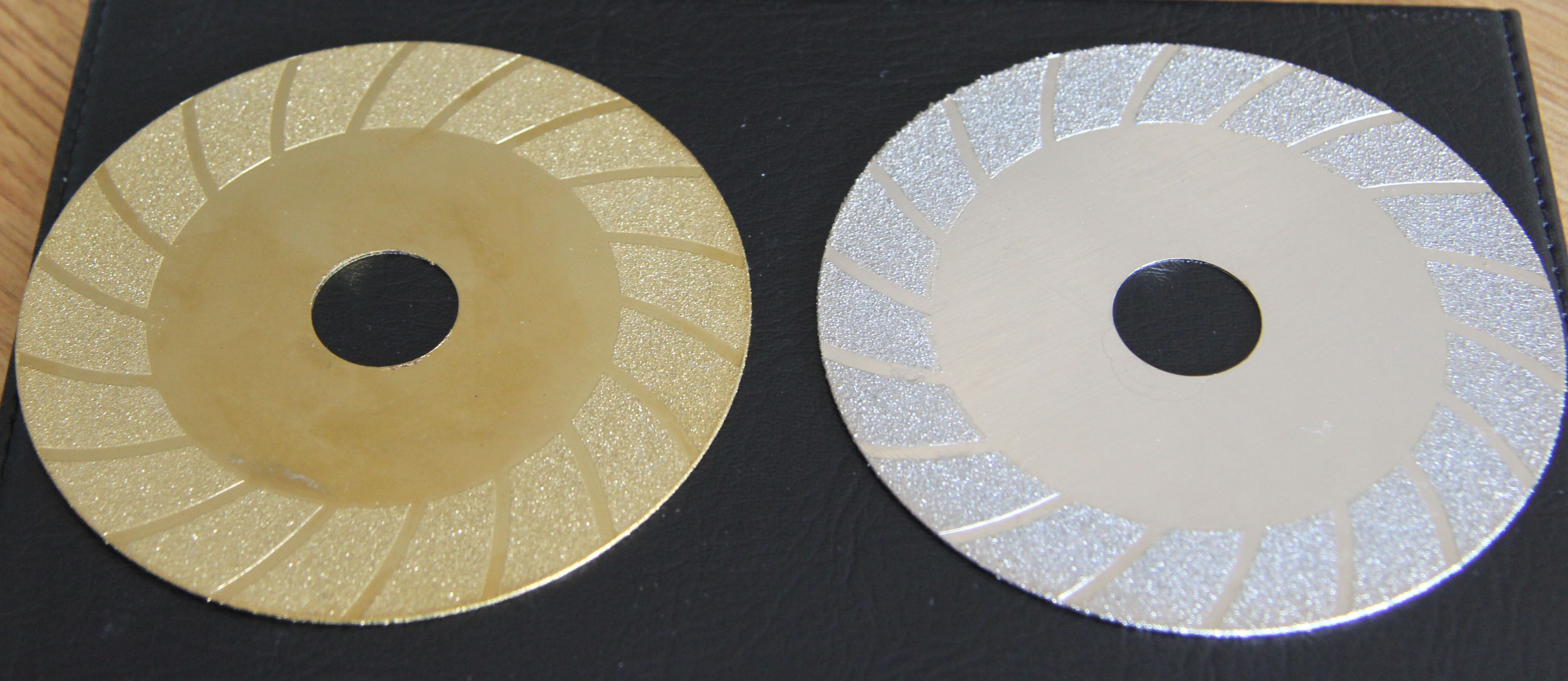
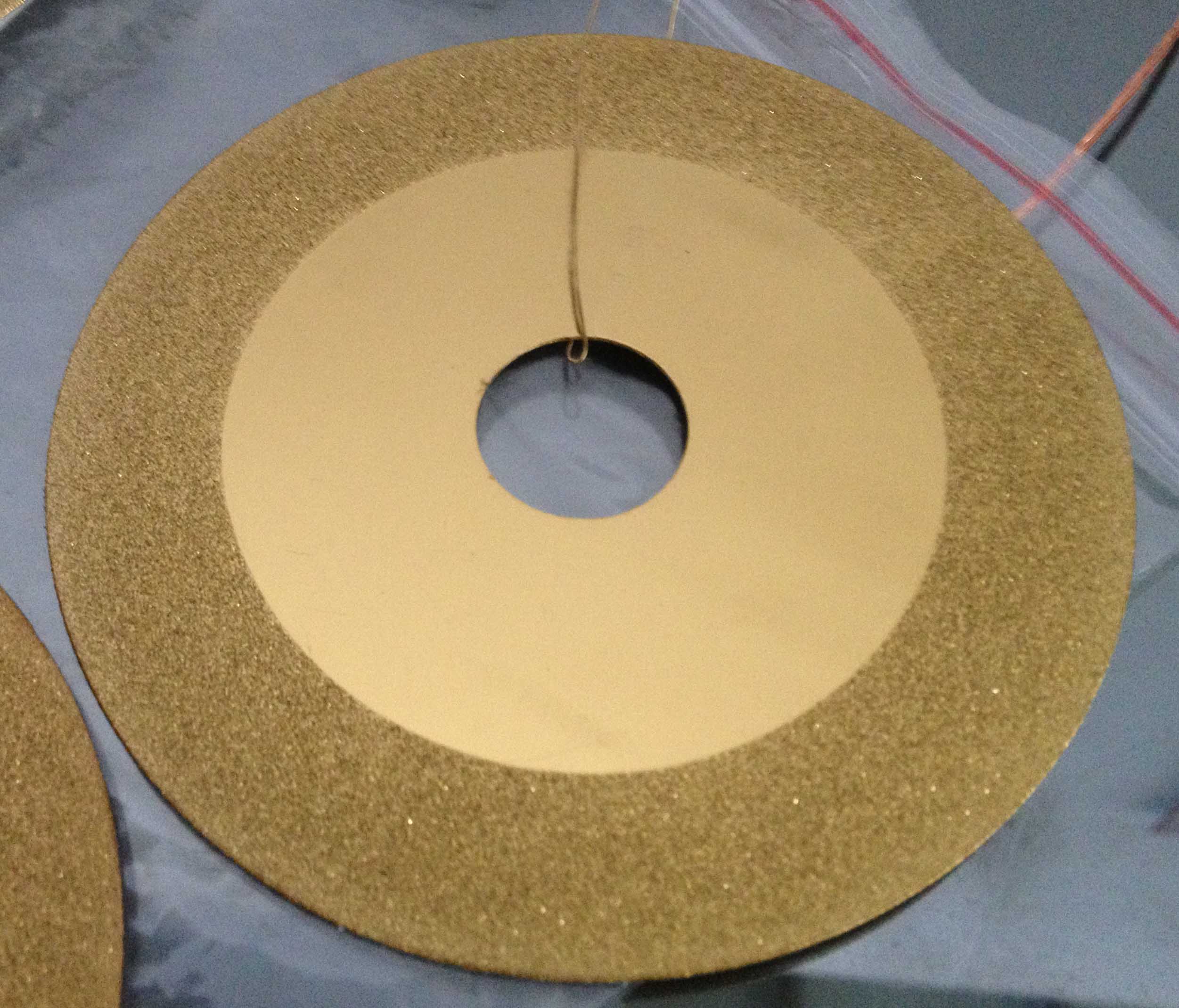
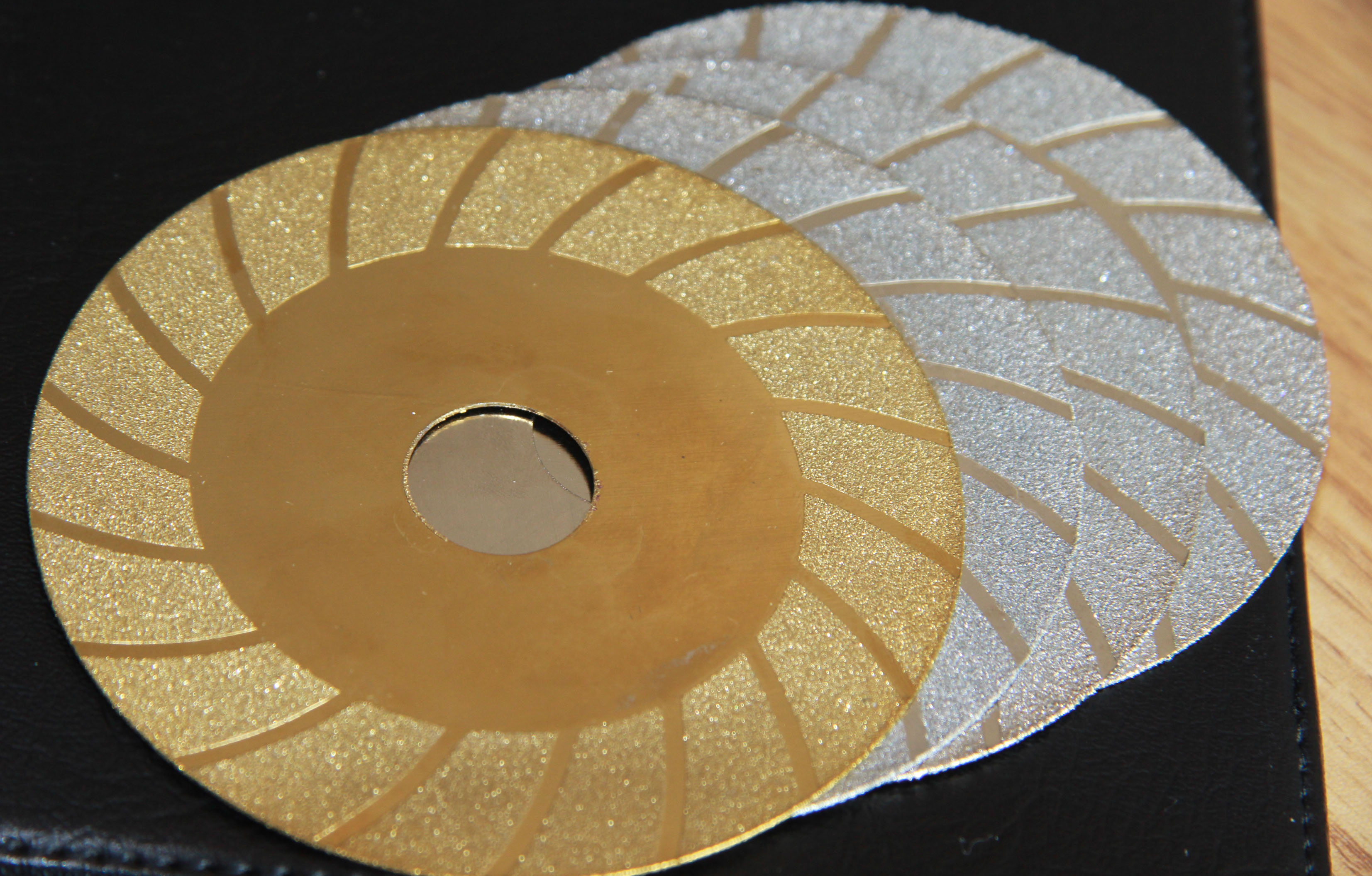
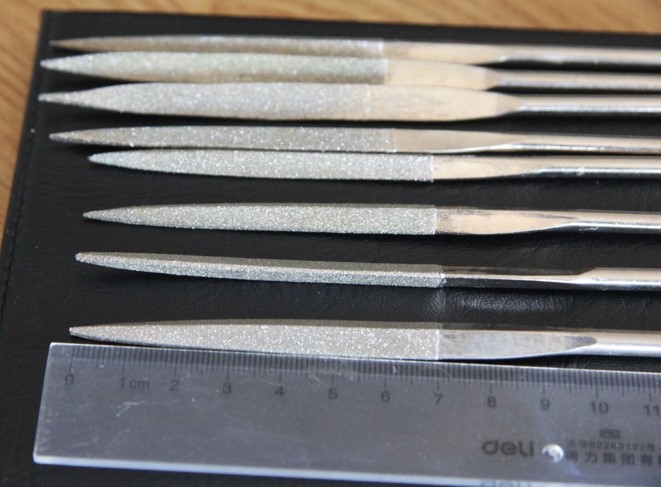
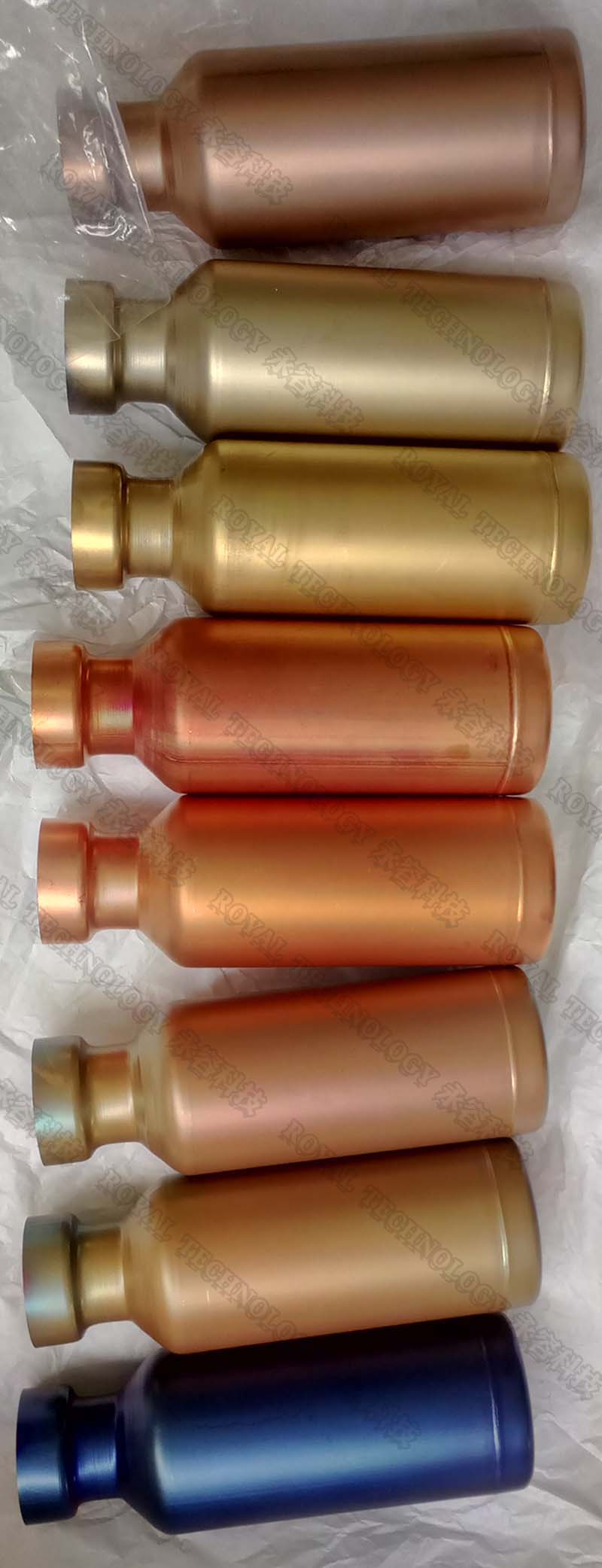
PVD (Physical Vapor Deposition) decorative coatings offer a range of advantages across various industries and applications. Here are some of the key benefits of using PVD decorative coatings:
-
Aesthetic Appeal:
- PVD coatings can create a wide range of decorative finishes, including metallic, matte, glossy, and colored coatings, enhancing the visual appeal of products.
- These coatings can be customized to achieve different colors and effects, providing designers with creative options.
-
Durability:
- PVD coatings are highly durable and resistant to wear, abrasion, and corrosion, making them ideal for applications that require long-term performance.
- These coatings can extend the lifespan of products by protecting them from environmental factors and daily wear and tear.
-
Scratch Resistance:
- PVD coatings offer excellent scratch resistance, maintaining the appearance of surfaces even in high-traffic or abrasive environments.
- The hardness of PVD coatings helps protect the underlying material from scratches and damage.
-
Chemical Resistance:
- PVD coatings are resistant to many chemicals and environmental factors, making them suitable for applications where exposure to harsh substances is a concern.
- The chemical resistance of PVD coatings can help maintain the integrity and appearance of products over time.
-
Biocompatibility:
- Certain PVD coatings are biocompatible, making them suitable for medical devices, implants, and other applications where contact with the human body is required.
- Biocompatible coatings ensure that products are safe for use in medical and healthcare settings.
-
Environmentally Friendly:
- PVD coatings are applied in a vacuum environment without the use of harmful chemicals, making them an environmentally friendly coating option.
- The process produces minimal waste and does not release toxic substances into the environment.
-
Uniform Coating Thickness:
- PVD coatings provide a uniform thickness across the surface of the substrate, ensuring consistent performance and aesthetics.
- The precise control over coating thickness helps maintain the desired properties of the coated products.
Overall, PVD decorative coatings offer a combination of aesthetic enhancement, durability, and functional benefits, making them a popular choice for various industries, including automotive, aerospace, medical, and consumer goods.
|
MODEL |
RTAC-1400 |
|
MATERIAL |
Stainless Steel (S304) |
|
CHAMBER SIZE |
Φ1400*1600mm (H) |
|
CHAMBER TYPE |
Cylinder, vertical, single door |
|
SINGLE PUMP PACKAGE |
Rotary Piston Vacuum Pump |
|
Roots Vacuum Pump |
|
|
Roots Pump |
|
|
TECHNOLOGY |
Cathodic Arc Evaporation, Ion Plating |
|
POWER SUPPLY |
Arc sources power supply + Bias Power supply |
|
DEPOSITION SOURCE |
14 Cathodic Arc Sources |
|
CONTROL |
PLC+Touch Screen |
|
GAS |
Gas Mass Flow Meters |
|
SAFETY SYSTEM |
Numerous safety interlocks to protect operators and equipment |
|
COOLING |
Cooling Water |
|
CLEANING |
Arc Discharge |
|
POWER MAX. |
75 KW |
|
AVERAGE POWER CONSUMPTION |
35 KW |
Layout
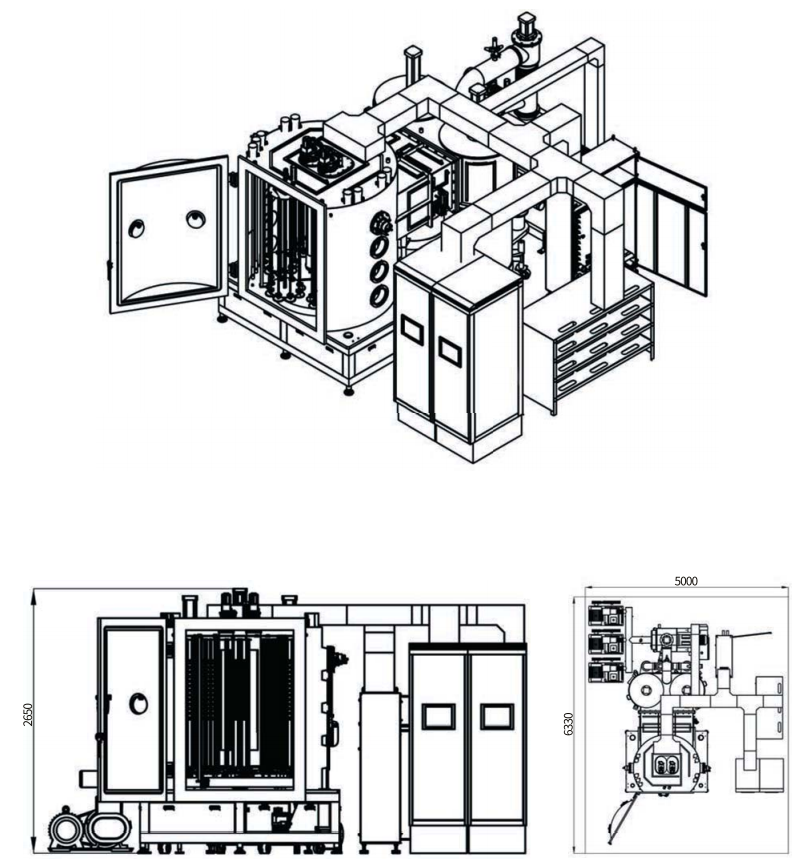
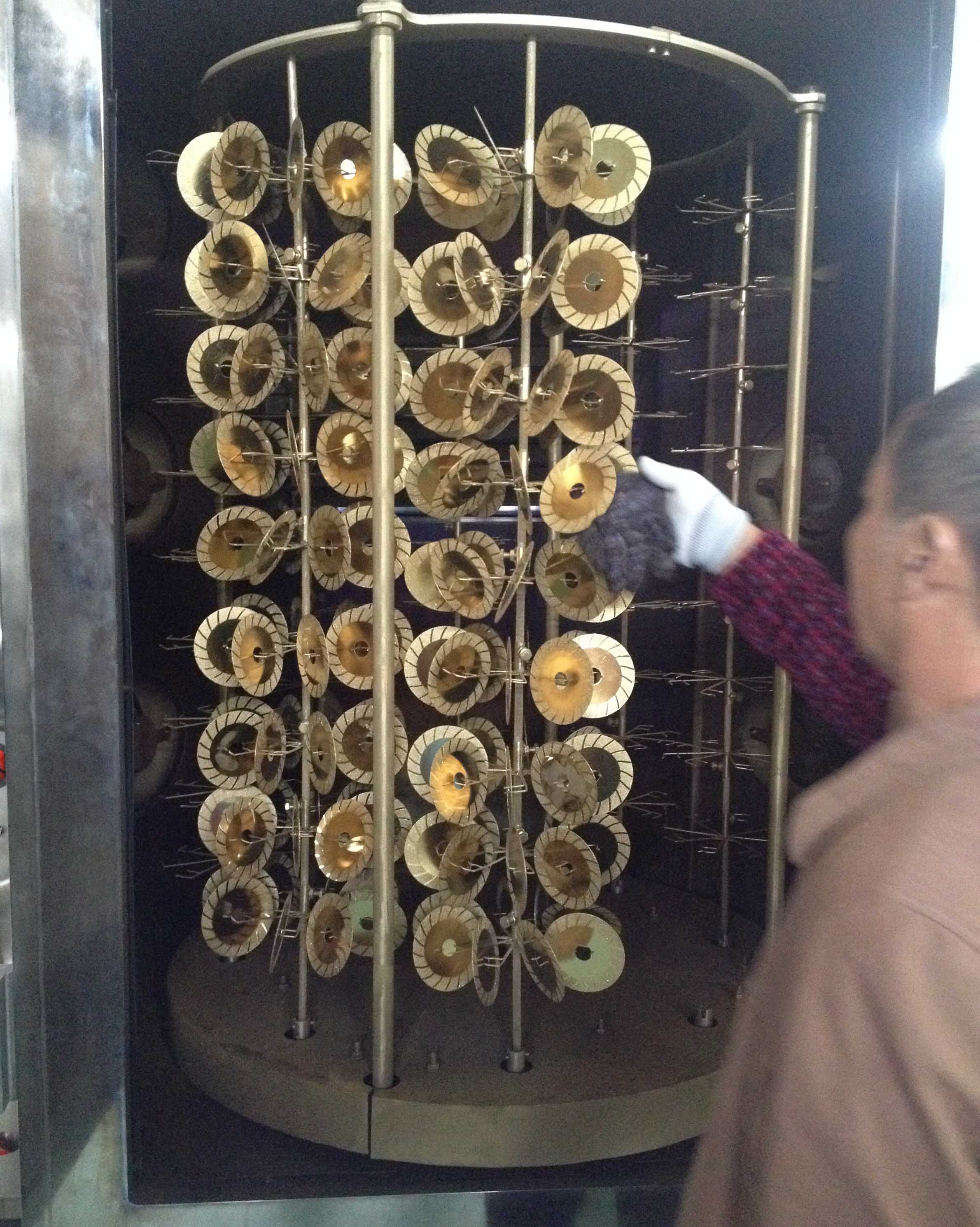
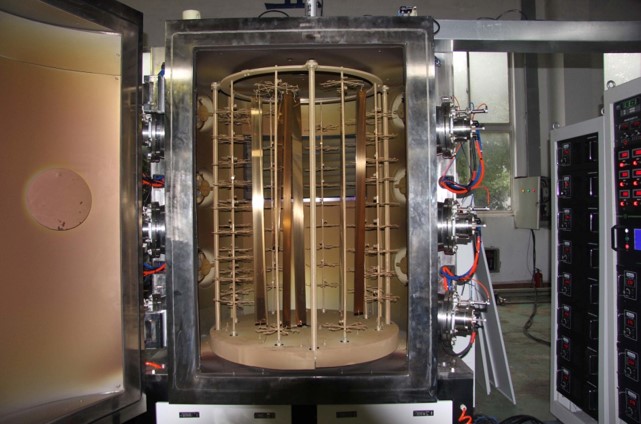
Machine Model: RTAC1400
Project Time: 2015
Project Location: China


